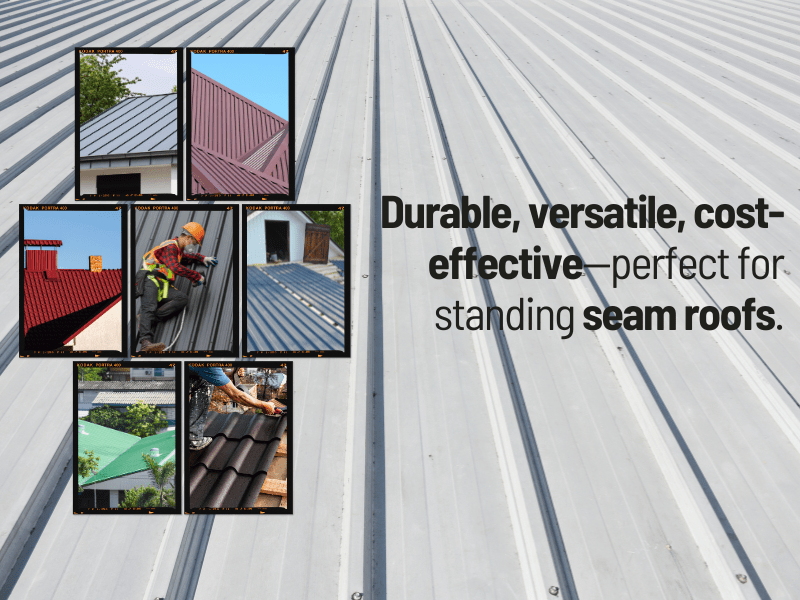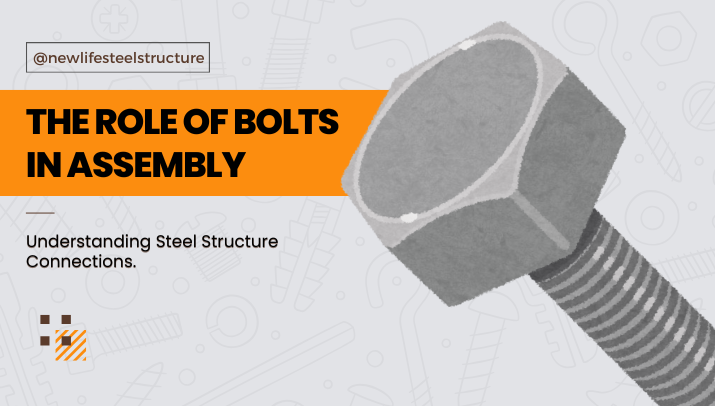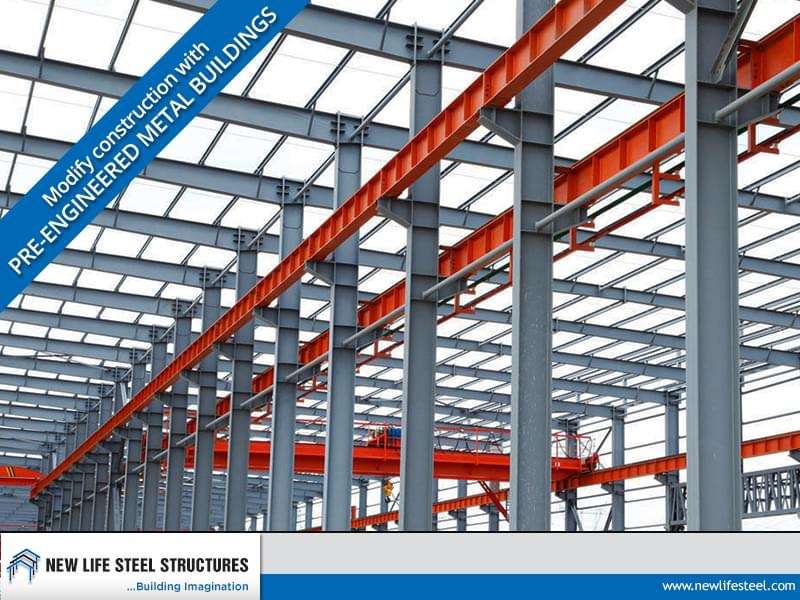
Boosting Construction Site Efficiency & Eco-Friendly Practices
Home » Understanding Steel Structure Connections: The Role of Bolts in Assembly

Understanding Steel Structure Connections: The Role of Bolts in Assembly
In the realm of steel structures, bolting is one of the fundamental connection methods that links various components together. This technique plays an important role during the pre-assembly and installation phases of pre engineered steel building, making it the most preferred choice for builders and engineers alike.
Types of Steel Structure Bolts
Bolts are of various types — screws, fasteners or standard parts—but fundamentally, they all serve as fasteners. Bolts can be categorized into ordinary bolts, high-strength bolts, anchor bolts, expansion bolts and chemical anchors. However we will focus on ordinary and high-strength bolts.
Ordinary Steel Structure Bolts
Ordinary bolts can be classified into two main types: coarse and refined bolts.
- Coarse Bolts: These are made from carbon structural steel with a hole diameter that is 1.0 to 2.0mm larger than the nominal diameter for smooth insertion. While their low strength limits their use, coarse bolts are ideal for secondary beams, wall skin beams and temporary connections during assembly of PEB steel structures.
- Refined Bolts: These are characterized by a hole diameter equal to the screw diameter. Majorly used in mechanical applications rather than in steel structure buildings as they require precise machining. They are designed for connections that need frequent disassembly.
High-Strength Steel Structure Bolts
High-strength bolts are engineered to endure significant pre-tensioning forces. They rely on friction to transmit external loads which is enhanced by ensuring that the connection plates are tightly pressed together upon bolt tightening.
Categories of High-Strength Bolts
High-strength bolts are further divided into two types based on their stress conditions:
- Friction-Type High-Strength Bolts: These bolts rely on the friction generated at the contact surface to transfer external forces. Through surface treatments the friction coefficient can be increased, thereby reducing the number of bolts required.
- Pressure-Bearing High-Strength Bolts: In this case, the connection transmits stress through both friction and the shear force exerted on the bolt’s axis. However, these bolts can slide under certain conditions, which can impact their performance.
Special Bolts and Their Applications
- Large Hexagonal High-Strength Bolts: This includes a bolt, nut and two washers. During construction, coarse bolts are used temporarily which are later replaced by high-strength bolts after the structure is aligned.
- Torsional Shear High-Strength Bolts: These are similar in function to large hexagonal bolts which require only one washer during installation. They use a specific torque value for tightening for maintaining structural integrity.
- Anchor Bolts: Essential for connecting steel structures to concrete foundations they are typically made of Q235B or Q355B steel and require precise installation to ensure stability.
- Chemical Anchors: These are made of chemical agents and metal rods which offer a versatile solution for attaching structures to existing concrete. They can compensate for oversights in construction, such as forgotten embedded parts.
- Expansion Bolts: Designed for lighter loads, expansion bolts provide anchorage in concrete but should not be used in critical structural applications.
Specifications and Material Grades
Steel structure bolts come in various specifications, commonly ranging from M12 to M30, where “M” denotes the bolt type and the number indicates its nominal diameter. Further these bolts are classified into performance grades from 3.6 to 12.9. Grades above 8.8 are considered as high-strength bolts, while those below come under ordinary bolts.
Conclusion
Understanding the various types of steel structure bolts and their applications is vital for effective construction of pre engineered steel buildings and structural integrity. As the industry continues to grow, the role of bolts in facilitating strong, reliable connections will remain of utmost importance. Whether through high-strength technology or innovative anchoring solutions, bolts will continue to play a critical role in the assembly of steel structures
Recent Post


The 5 Prime Features of Portable Cabins

